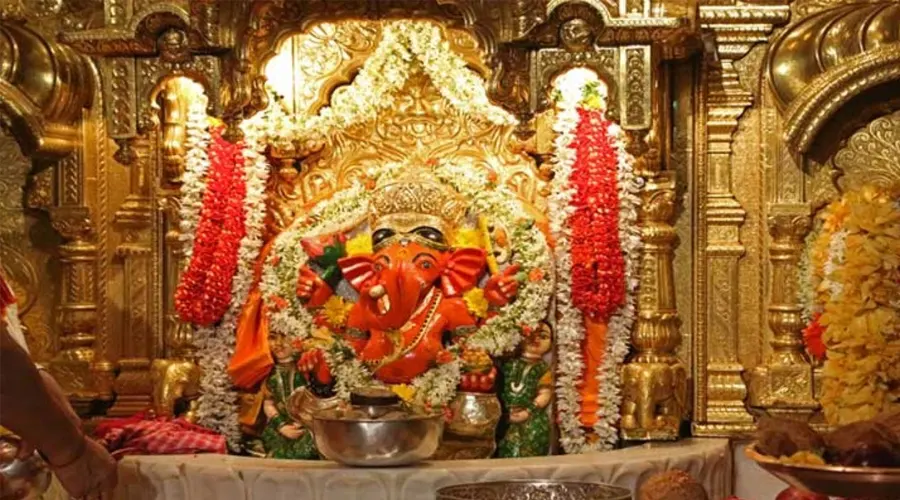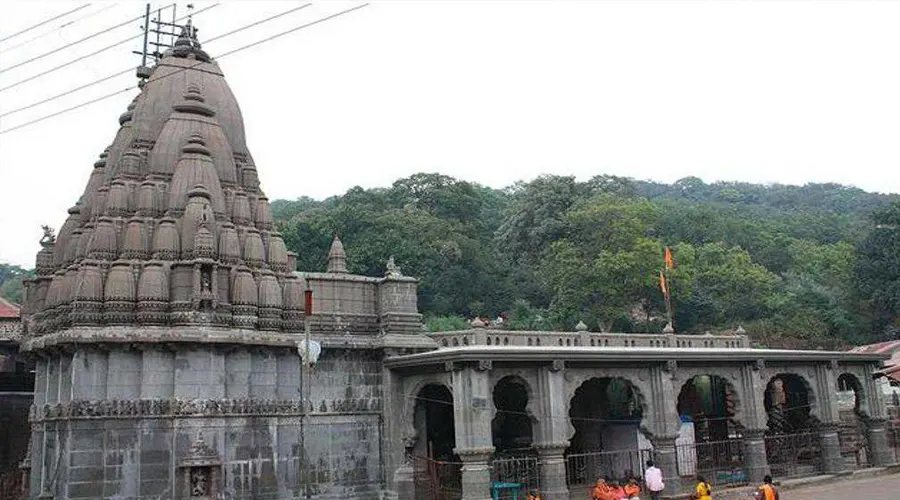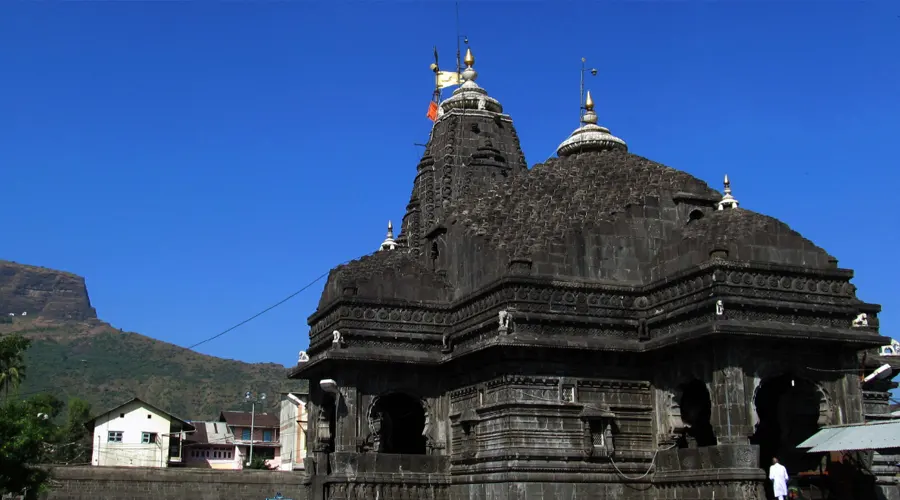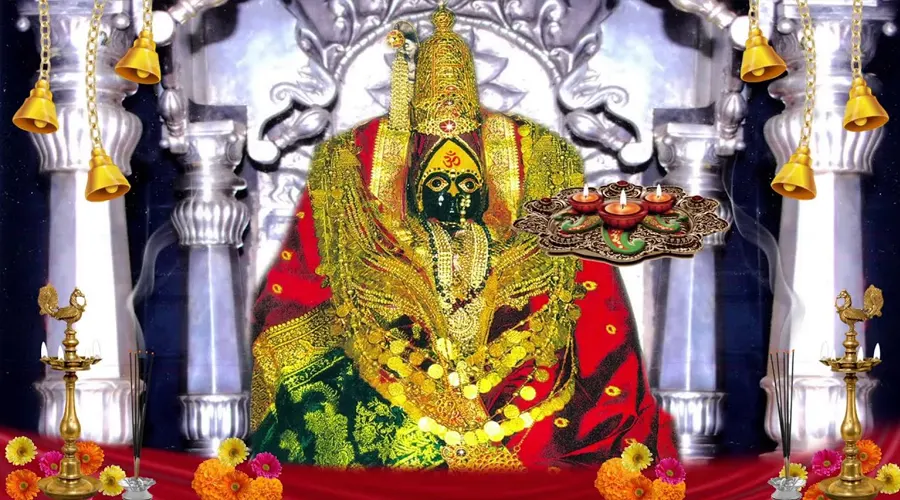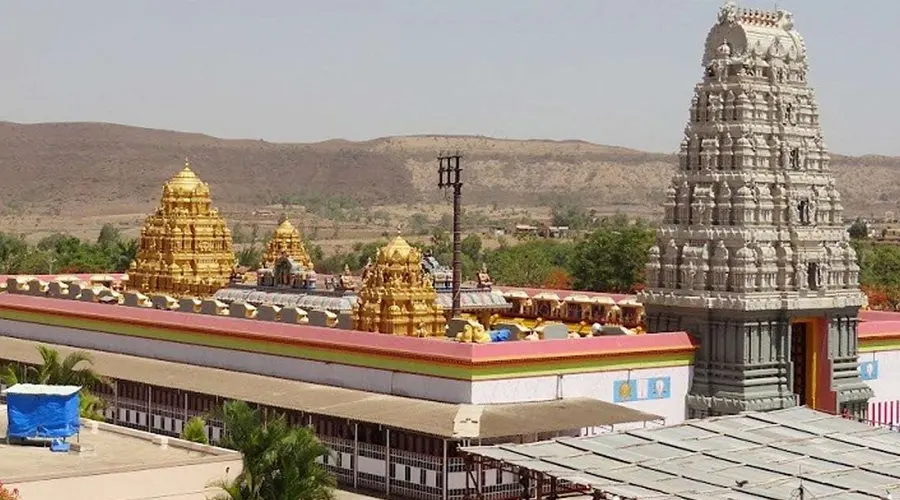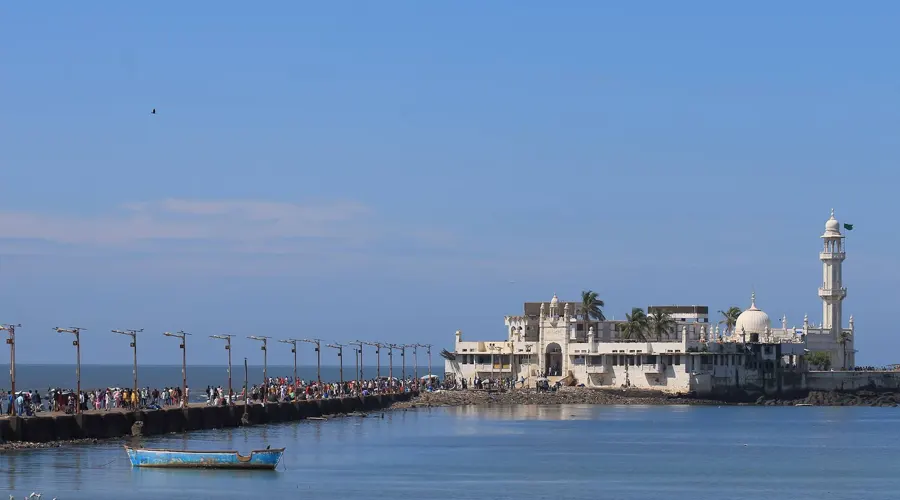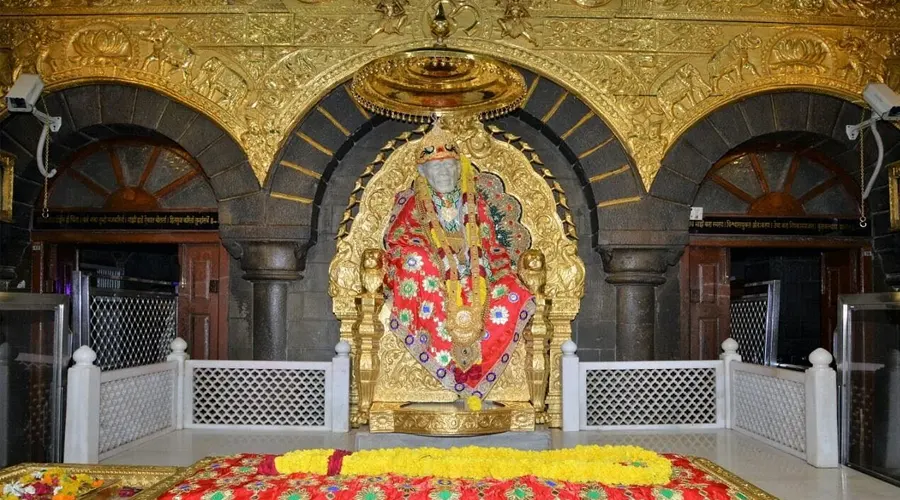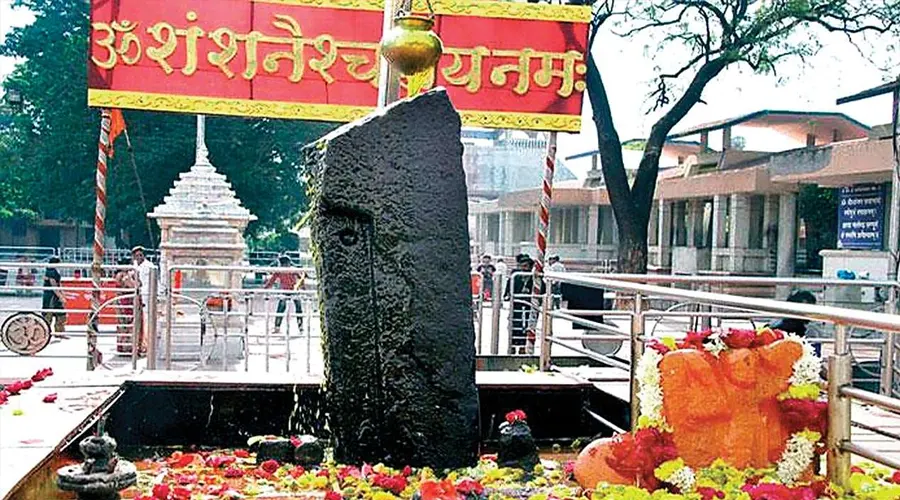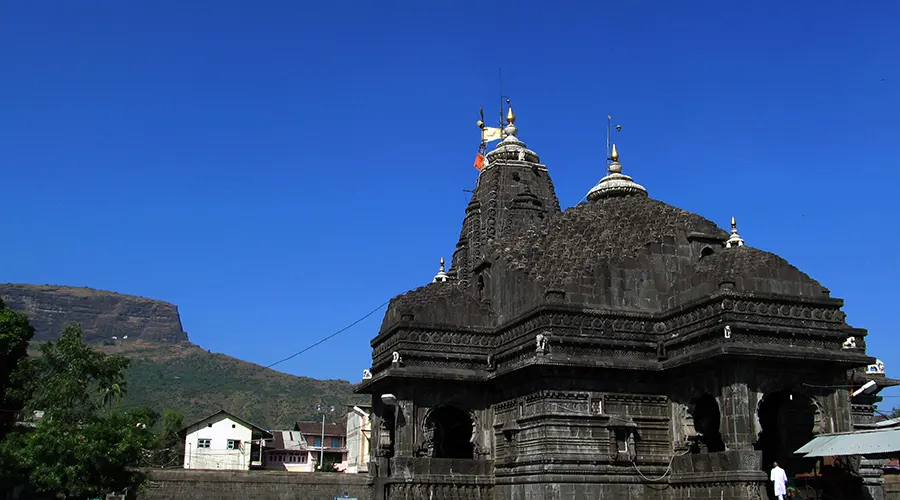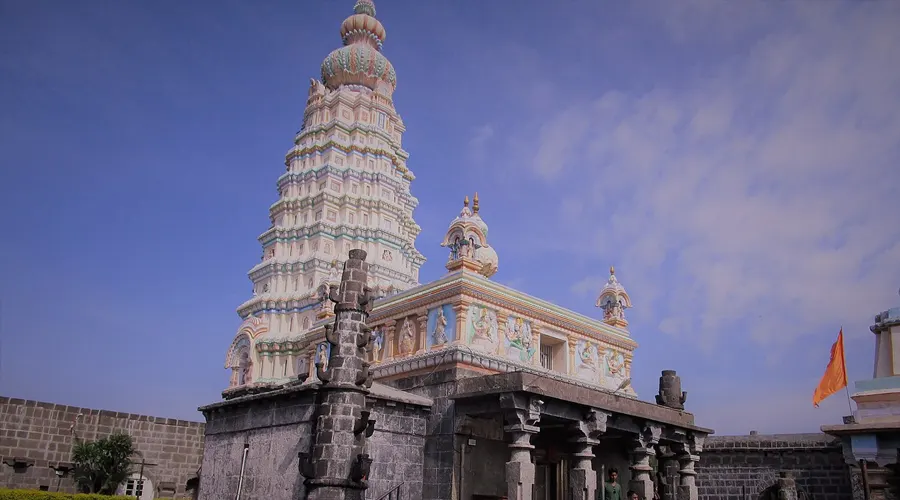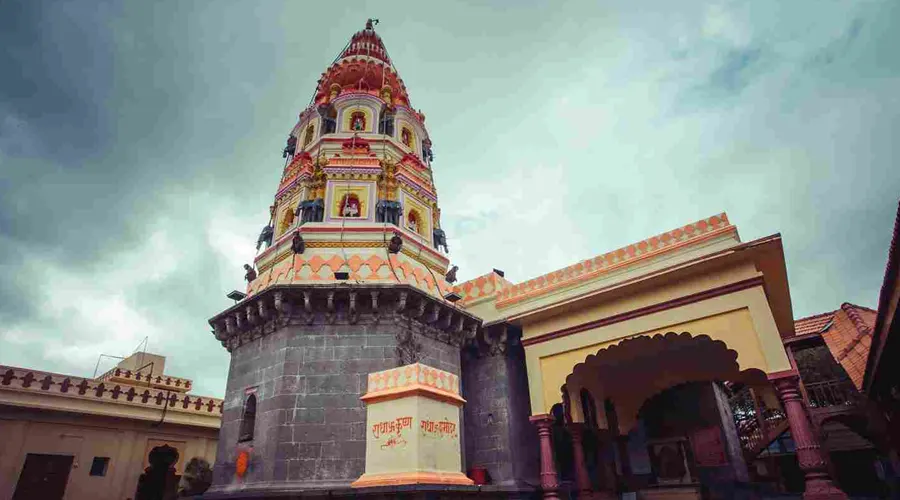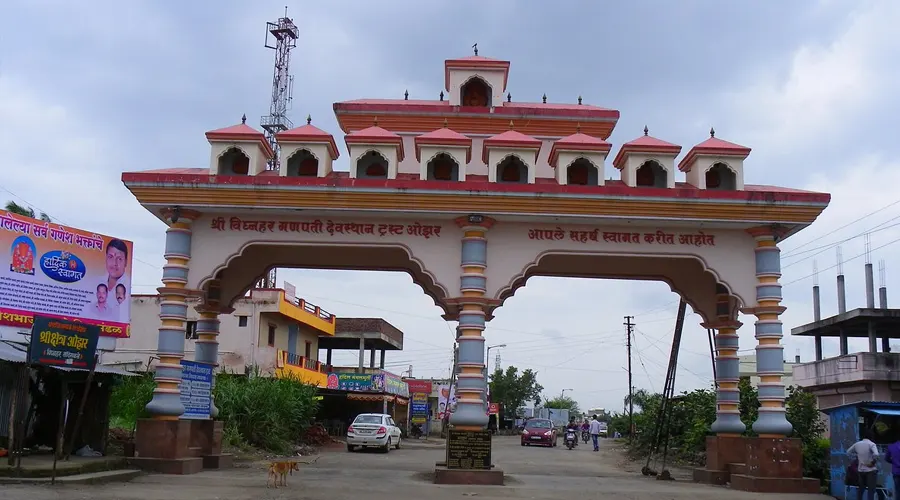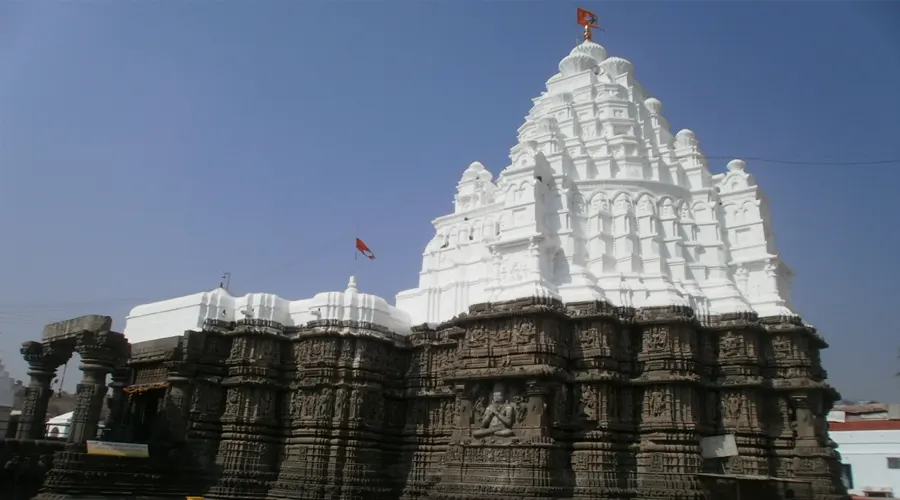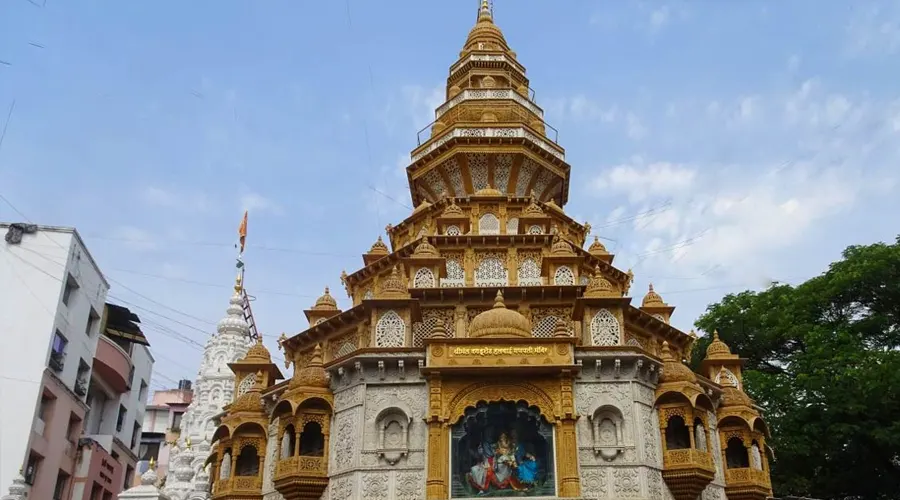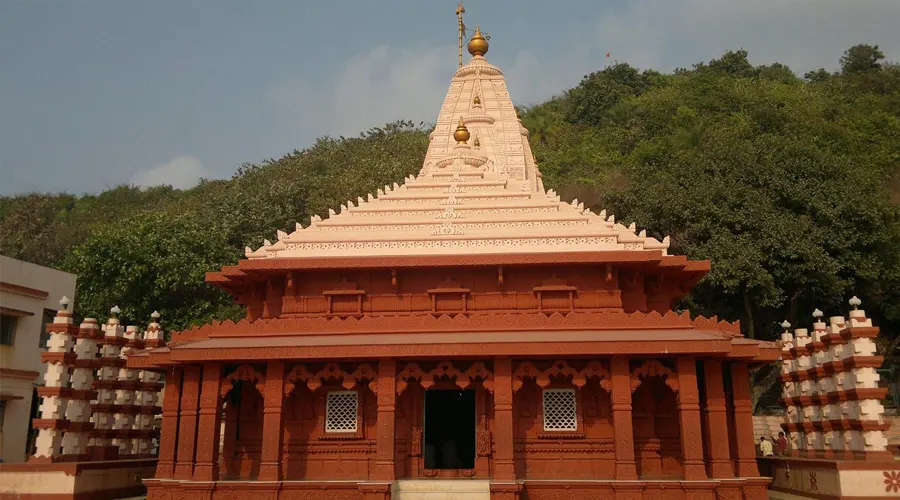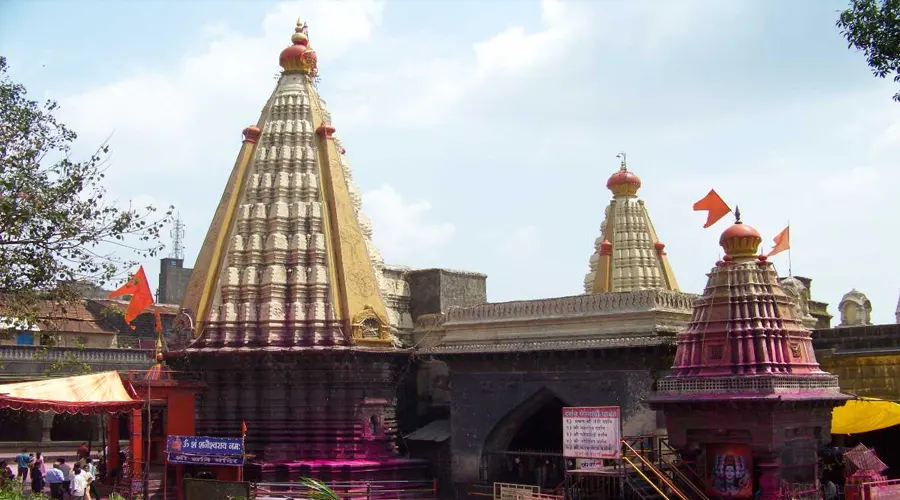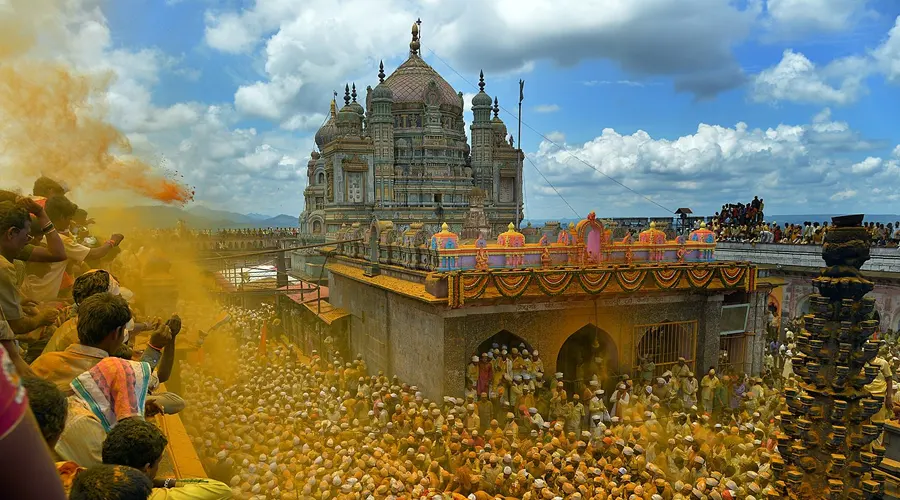Gateway Of India
Renowned as one of the most iconic structures of India, the Gateway of India, was constructed along the Mumbai Harbour in 1924. Located at the tip of Apollo Bunder, this massive structure represents a commemorative memorial.
It was constructed in honor of King George V and his wife Queen Mary when they were on their tour to India. Once a grandeur of the British settlement, this famous tourist spot today pulls food stallers, vendors, nature lovers, and photographers to adore its charm.
Constructed with a mixture of indissoluble concrete and yellow basalt, Gateway of India portrays the Indo-Saracenic architectural style. The central dome of this magnificent structure measures around 48 feet in diameter. It has got 4 turrets explicitly carved with intricate latticework. As you walk behind the structure, there are steps to lead you to the waterfront of the Arabian Sea. It is from here that you can board the boats to sail to the Elephanta Caves.
Well-known for sightseeing and photography activities, you will always see heaps of tourists bubbling in. October to March is usually preferred to plan your visit here as the climate is pleasant. This offers you plenty of sightseeing and photography moments. Most of the people visiting here are either engaged in enjoying the sea breeze, eating street foods, or embracing the charm of the Taj Mahal Palace Hotel.
Elephanta Caves, Arabian Sea, Taj Mahal Palace, Colaba Causeway, Chhatrapati Shivaji Terminus, Nehru Science Centre, and Marine Drive are some places you can't simply afford to miss on your tour to the Gateway of India.
History
The Gateway of India was constructed in 1911 to honor the visit and the landing of Queen Mary and King George V at Apollo Bundar. The grand arch monument was designed by a Scottish architect named George Wittet while Sir George Clarke, who was serving as the Governor of Bombay during those times, laid the foundation stone in 1913. Construction of the monument began in 1915 and continued for almost 10 years. On 4th December 1924, the monument was inaugurated by Rufus Isaacs, who was the then Viceroy of India.
After the Gateway was constructed, it served as the ceremonial entry point to India for the Viceroys, new governors of the Bombay Presidency, and other high-ranking officials. On 25th August 2003, a bomb blast occurred near the Gateway that left bloody trails in front of the monument. The structure, however, didn’t suffer any damage.
Architecture
The Gateway of India is a fine example of the Indo-Saracenic style of architecture. While the spectacular arch has influences from the Muslim architectural style, the decorations reflect the Hindu style. The monument has been constructed using a combination of yellow basalt and reinforced concrete.
The grand arch of the Gateway has a height of 85 feet while the central dome stands with a height of 83 feet and a diameter of 48 feet. You can find 4 turrets adorning this structure, each designed with spectacular latticework. A short flight of stairs erected at the back of the Gateway leads down to the Arabian Sea. Large halls are standing on each side of the arch that can easily accommodate 600 people at a time.


